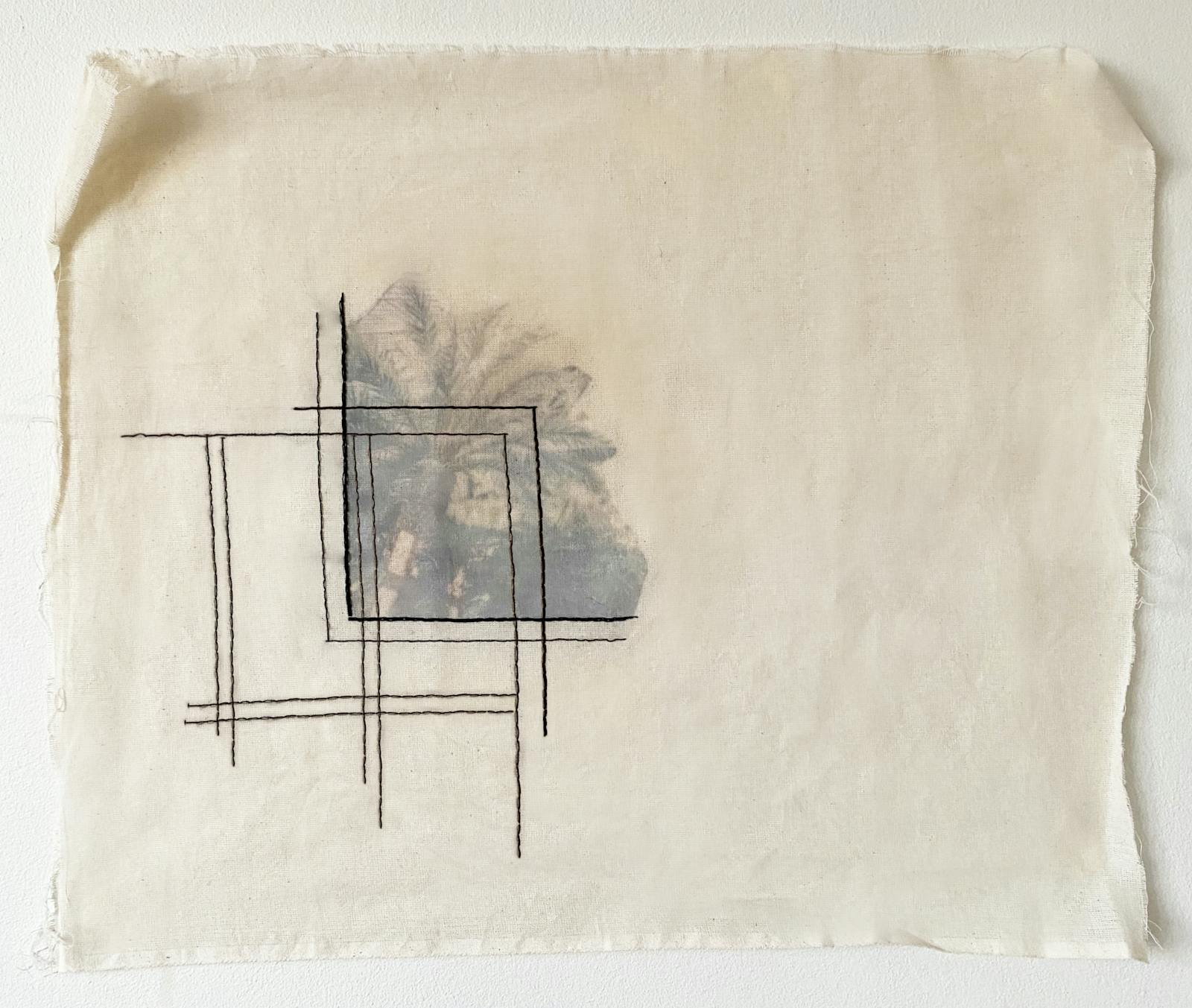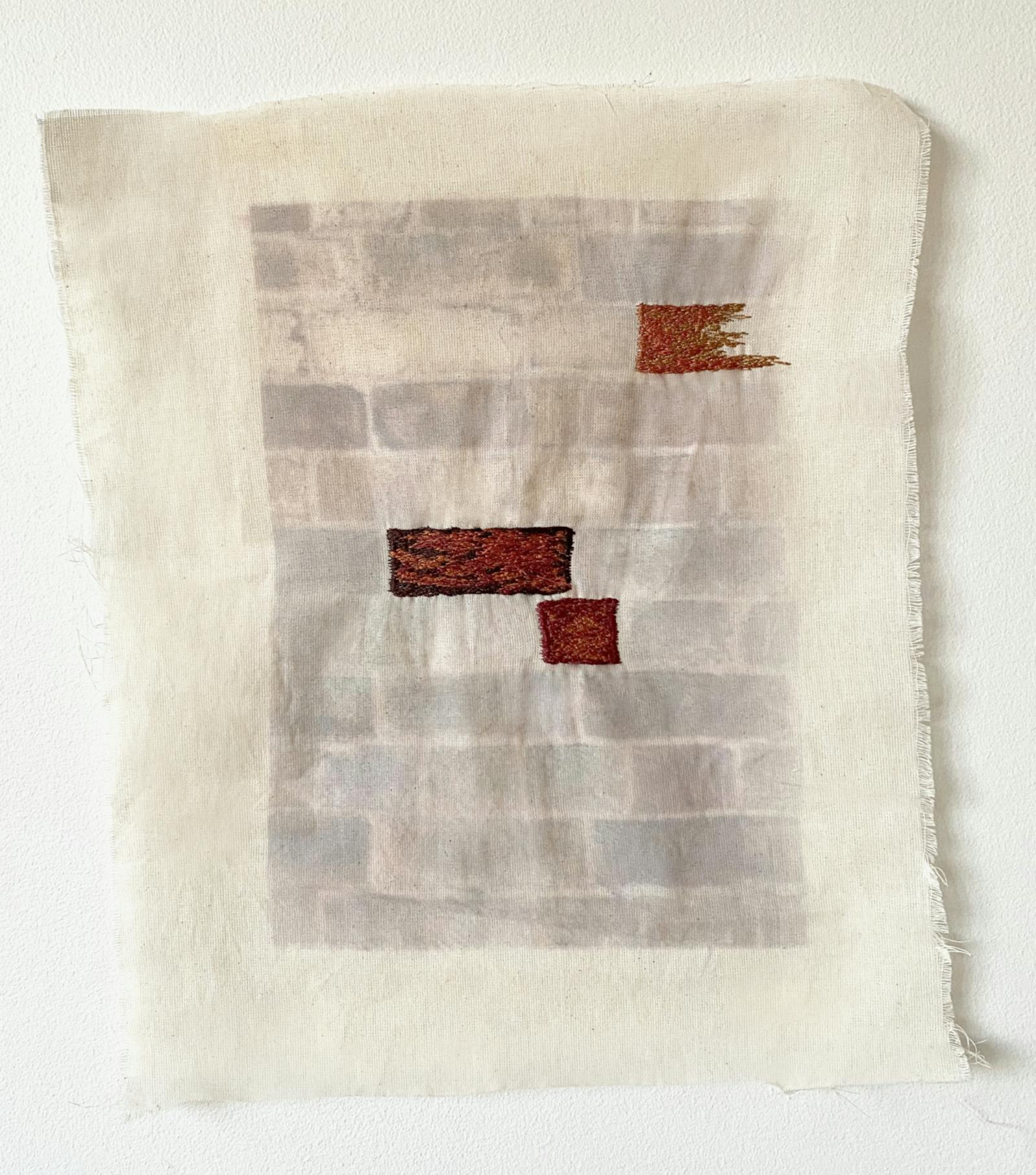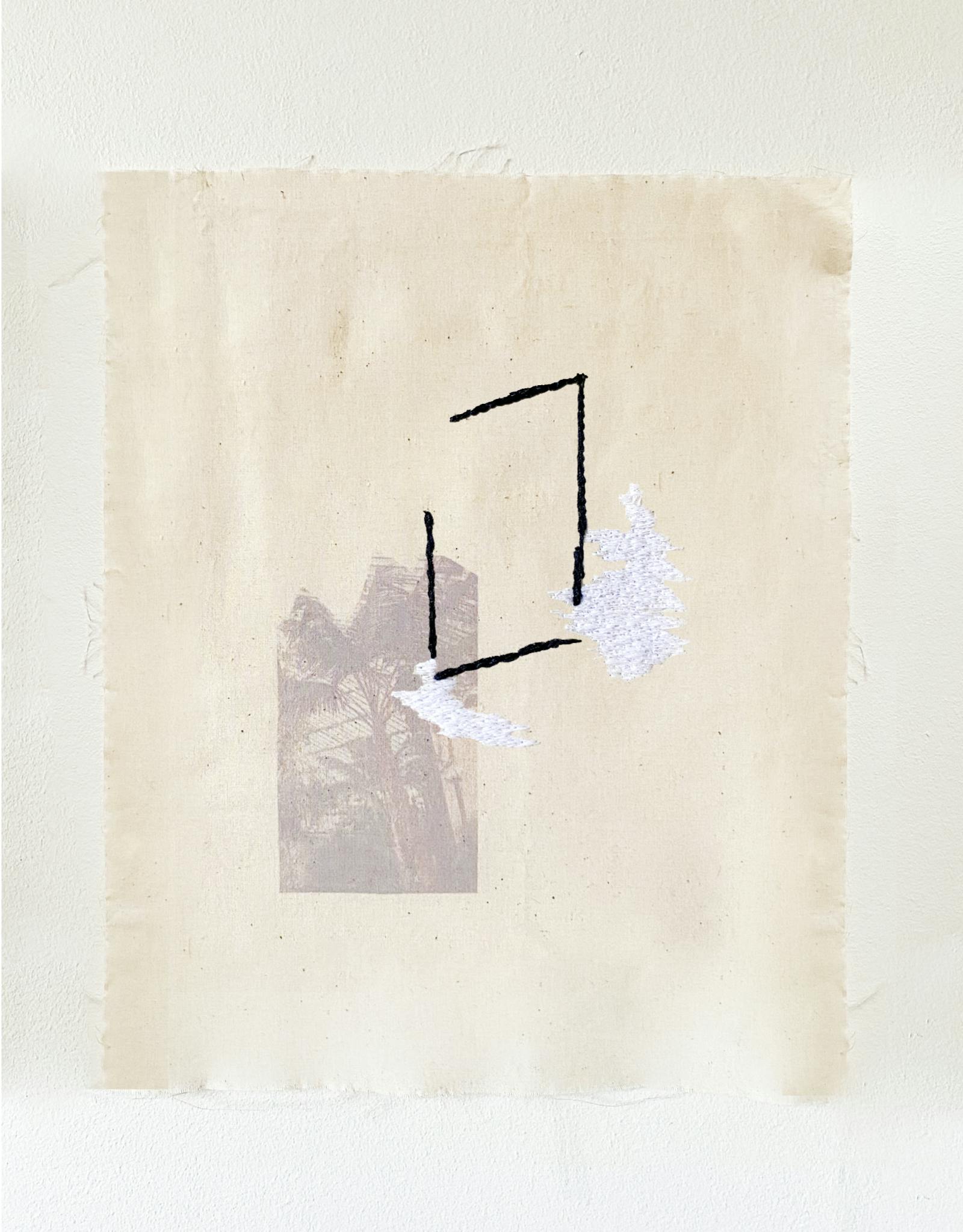Fann Xu
Stories of Spaces - Exploring Writing as Method to Touch the Immaterial Qualities of Our Built Environment
Summary
"Architects and fiction writers share the same ambition: to imagine new worlds into being."*
Within the contemporary architecture field we’ve increasingly been relying on parametric design, digital fabrication and 3d renderings in our daily practice. As a consequence we have simultaneously been losing touch with the sensorial, personal and emotional experience of the spaces we inhabit. How does it feel like, smell like, age over time?
With this research project I wish to re-center the architectural practice around the human experience, by exploring how we can use text as a medium to address the immaterial, emotional and sensorial qualities of our built spaces. Exploring speculative, reflective and imaginative writing as knowledge producing tools within a spatial practice, this project proposes writing as an alternative to the ocular centric practice which currently colours the field of architecture. This project is currently being developed as a PhD proposal
* Hélène Frichot, and Naomi Stead, editors. Writing Architectures, Ficto-Critical Approaches. Bloomsbury Publishing, 2020.
About
Fann Xu is a Chinese/Swedish artist, designer and performer exploring our emotional and sensorial relationship to our material and built environment.
Xu holds a BA in architecture and dance from Bennington College, and a MFA in Design from Konstfack University of Arts, Craft and Design. She is currently pursuing a MRes degree in Architecture at Royal College of Art where she in her thesis explores how we can use writing as a tool to convey the emotional, sensorial and visceral relationship to the spaces we inhabit. Her work has been exhibited internationally.
Material Research

Embroidery and print on canvas

Embroidery and print on canvas

Embroidery and print on canvas
Writing Excerpt
The First Home
“The house shelters day dreaming, the house protects the dreamer, the house allows one to dream in peace.”
The first place we called home we didn’t call home at all. At least not while we lived in it. It was our first nest, our first dwelling and our first shelter. Still, one couldn’t really say that it belonged to us, its inhabitant. It was where we belonged, but it very clearly belonged to someone else. It was someone else.
In our first home we were only squatters with renting-rights. Still, we had it for ourselves, that is more than we can say of many of the places we’ve called home since. A place to be undisturbed, a place to dwell in, to grow, a place to sleep, and a place to dream, a place to lay our head. A place to be. A place to become.
Our first home also came with its own built-in eviction notice. (Here I would say something in the style of all good things come to an end, and that its ephemerality is what makes it so precious, but that is perhaps too cliché, and also besides the point.) It is a wonder that we were able to find peace in such an unstable state in the first place. Or maybe it was precisely because we were unable to dwell - to stay, that we were able to dwell - to live? Perhaps it was our inherent oblivion that made us blissfully unaware and unconcerned by the precarious status nature of our own existence. A wordy way to say that we were too young for self-awareness, to pure for self-doubt. Perhaps it is simply a metaphor for the much larger picture of our whole existence, our limited time here, and the preciousness of life, wether we can grasp it or not. Something about that ignorance is key, and the present holds the past and the future.
“How happy is the blameless vestal's lot!
world forgetting, by the world forgot.
Eternal sunshine of the spotless mind!
Each pray'r accepted, and each wish resign’d;"
But I digress.
A home is a place where one can dream in peace, although the dream state itself doesn’t need to be a peaceful one. On the contrary, it is often in our dreams that we face our greatest challenges, most testing obstacles and character-building enemies. And more often than not, they all seem to be different versions of ourselves. They say that just as adults, foetuses also dream while in the womb. What do they dream of when they long for nothing, are in need of nothing, nothing else than what they already have? But maybe that is precisely the reason they are able to dream. At home they can dream in peace.
Every time we design a new home, it requires us to engage in the art of daydreaming. Daydreaming of what kind of life we want to live, and what kind of dwelling is required to house said life. To daydream is not only a from of escapism, but it also asks for rigour and devotion. It is a form of serious play. Playfully serious, seriously playful. A form of make-believe that is to convince the maker herself.
The imprints of the past forms the impressions of the future. As Gaston Bachelard states in The Poetics of Space “In every dwelling even the richest, the first task of the phenomenologist is to find the original shell.” If our original shell is the womb, how does that affect the way we relate to the homes that come after? A home that grows with us, that stretches and moulds itself in step with our own development. Is that what they mean when they say that form follows function? The house, the womb as a shelter, a protective layer and container. Protecting from what is outside, but also from what is within?
The womb, as a means to an end. For this first home, the goal is not to serve as a permanent dwelling, a place to stay. It is only a phase, a place to inhabit during a short passage of time. A home to prepare us for other homes that are to come, a home that prepares us for our eventual departure. Do any of our other homes, the ones that come after, ever serve such a clear role and purpose? How do they prepare us for a certain task, enable us to live a certain kind of life, lead us to our next destination?
Our first home is a container that we let go of, that later lets go of us. Our first home is soft, sturdy, pliable and alive. Our first home grows with us, until we eventually grow out of it. How do you contain a body, how do you contain a life?
- Gaston Bachelard. The Poetics of Space. (Penguin Books, 2014. )
- Abelard, Peter, Alexander Pope, and Héloïse. Letters of Abelard and Heloise: To Which Is Prefixed a Particular Account of Their Lives, Amours, and Misfortunes. by the Late John Hughes, Esq. to Which Are Now Added, the Poems of Eloisa to Abelard. by Mr. Pope. and Abelard to Eloisa, by Mrs. Madan. London: Printed for W. Johnston, B. Law, T. Lowndes, T. Longman, and T. Caslon, 1773. Print.
